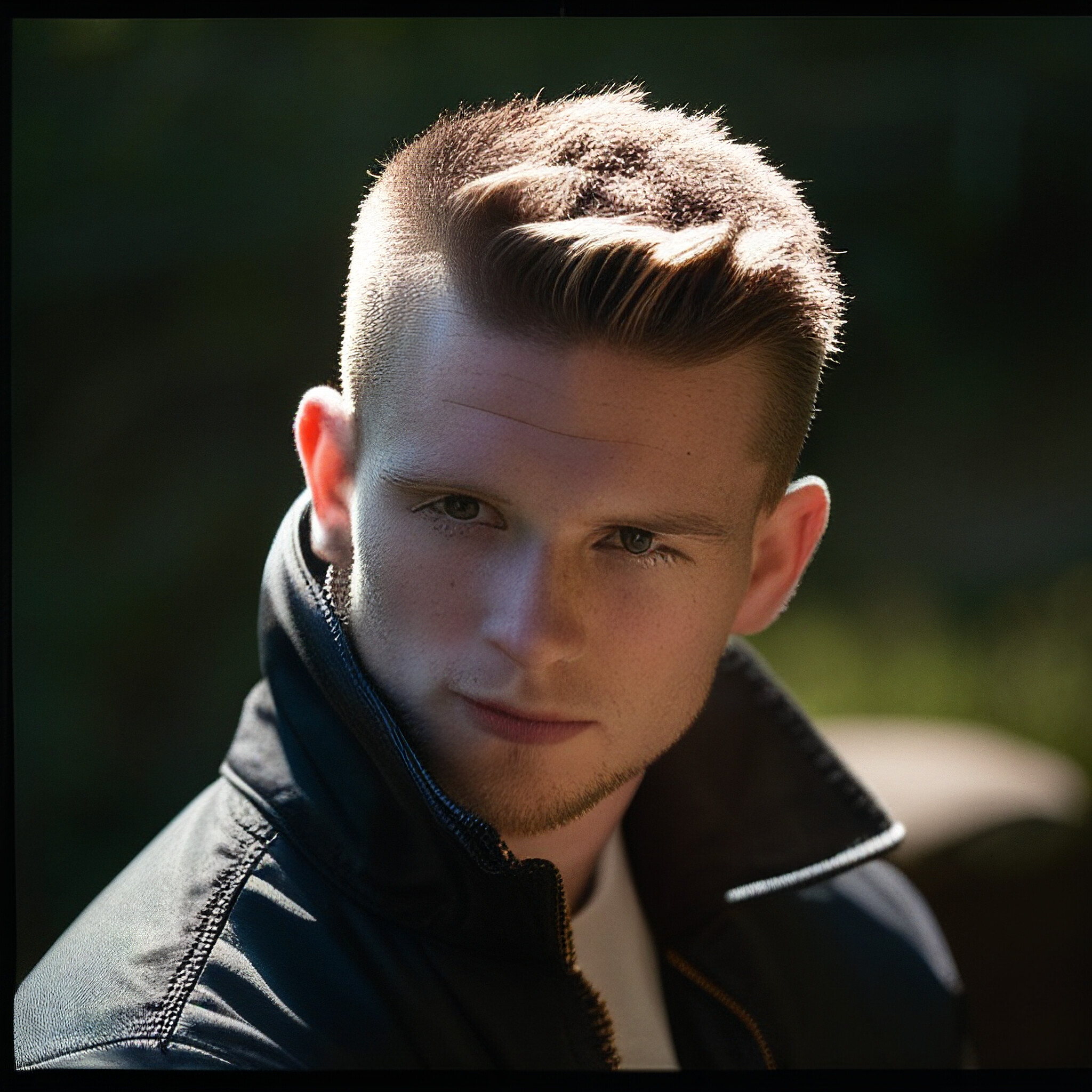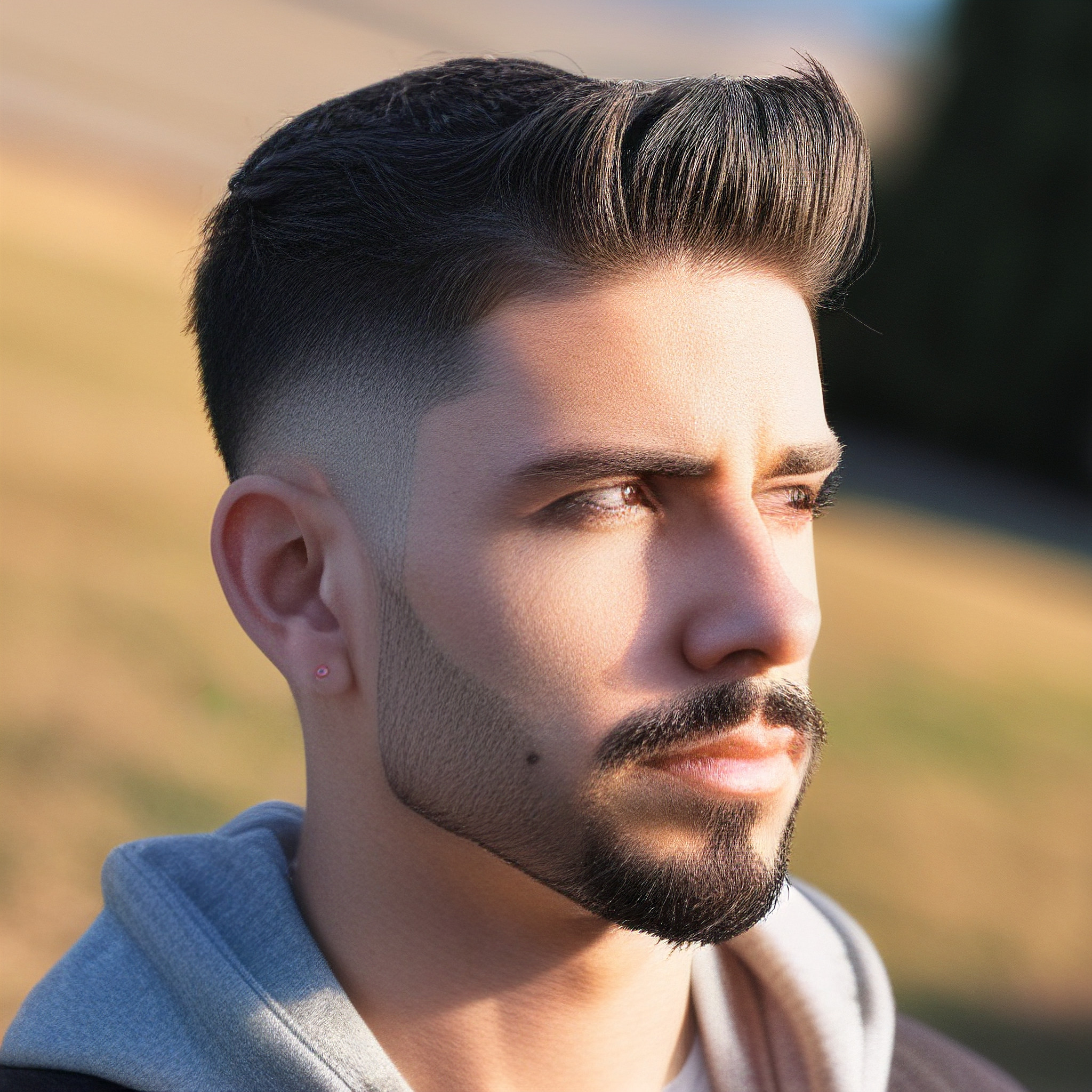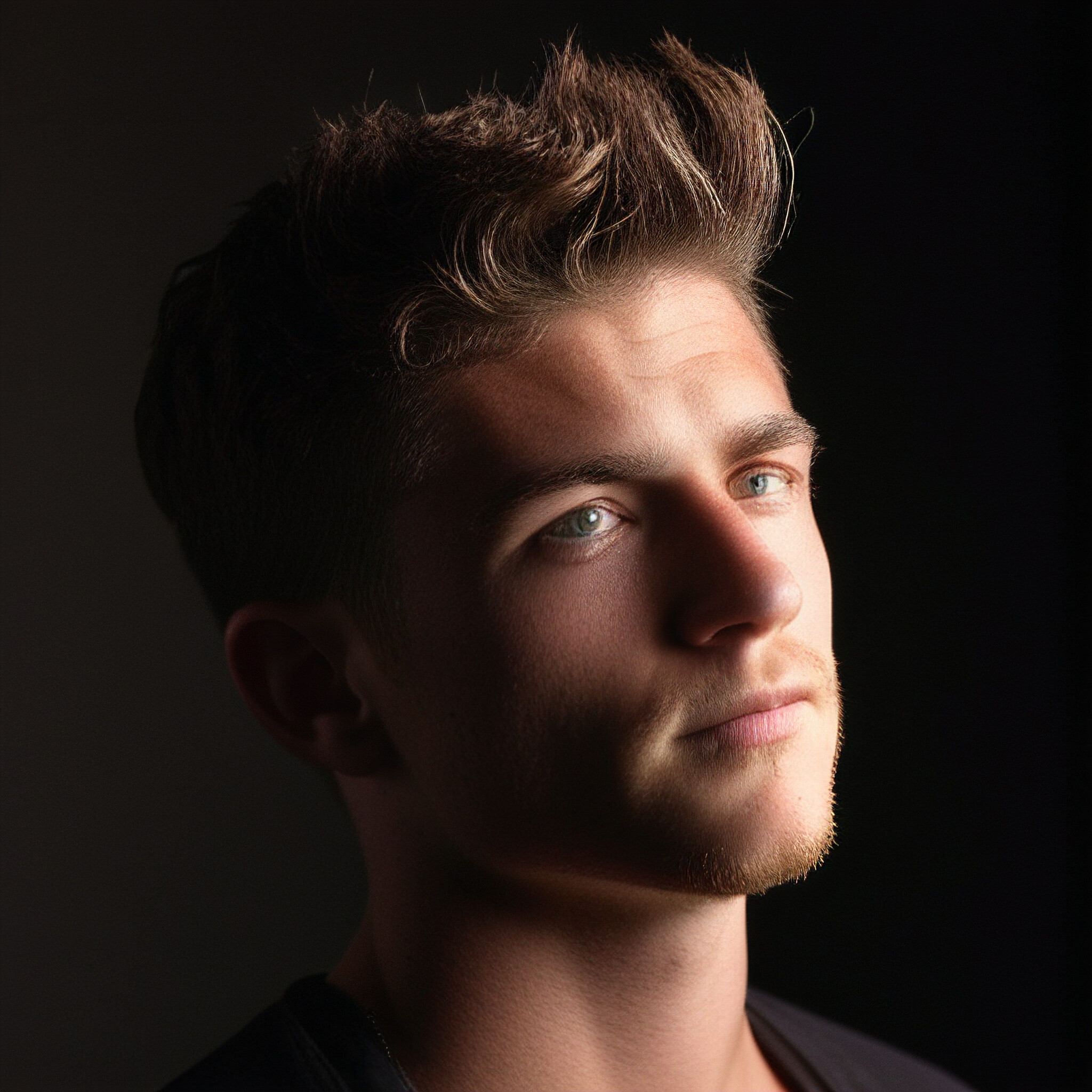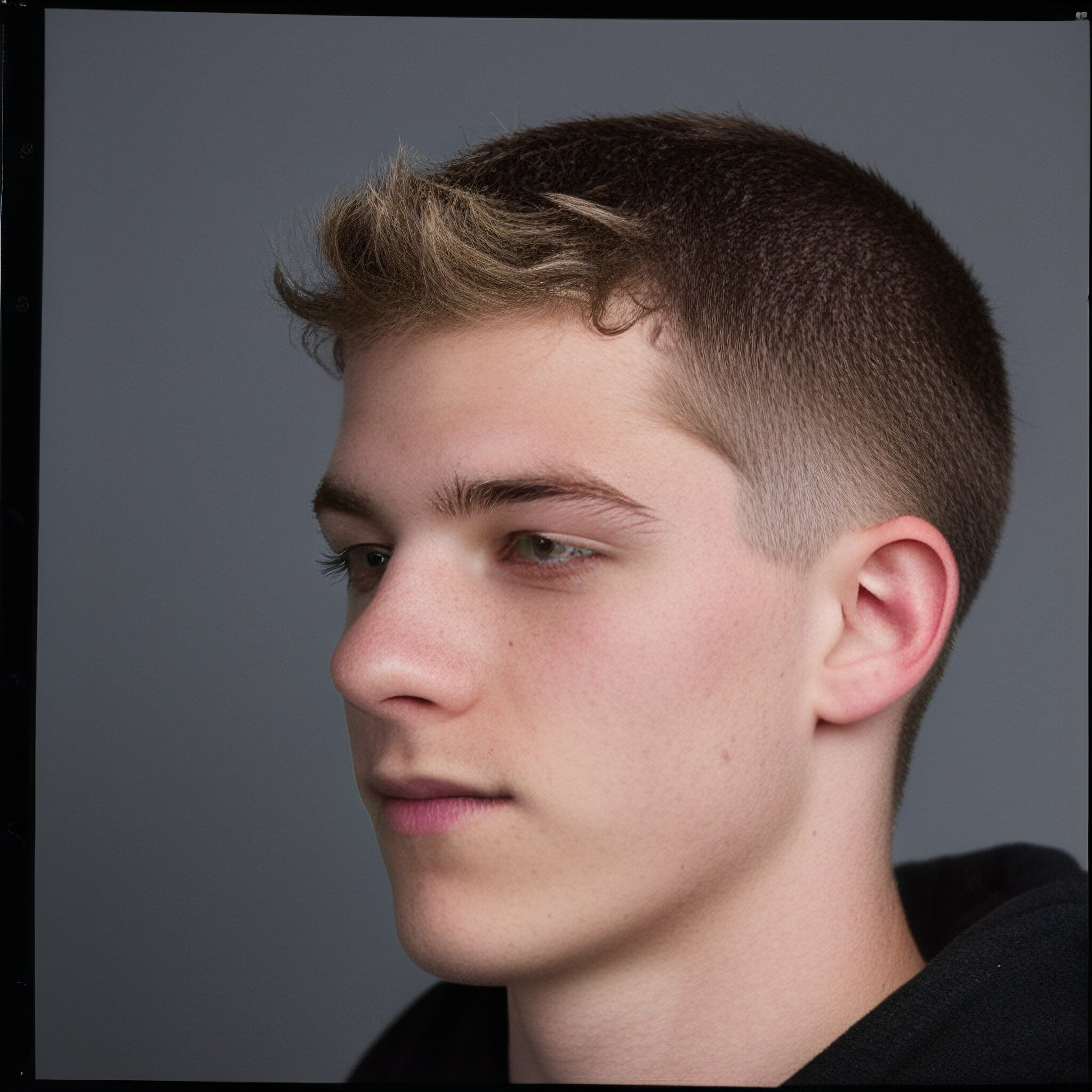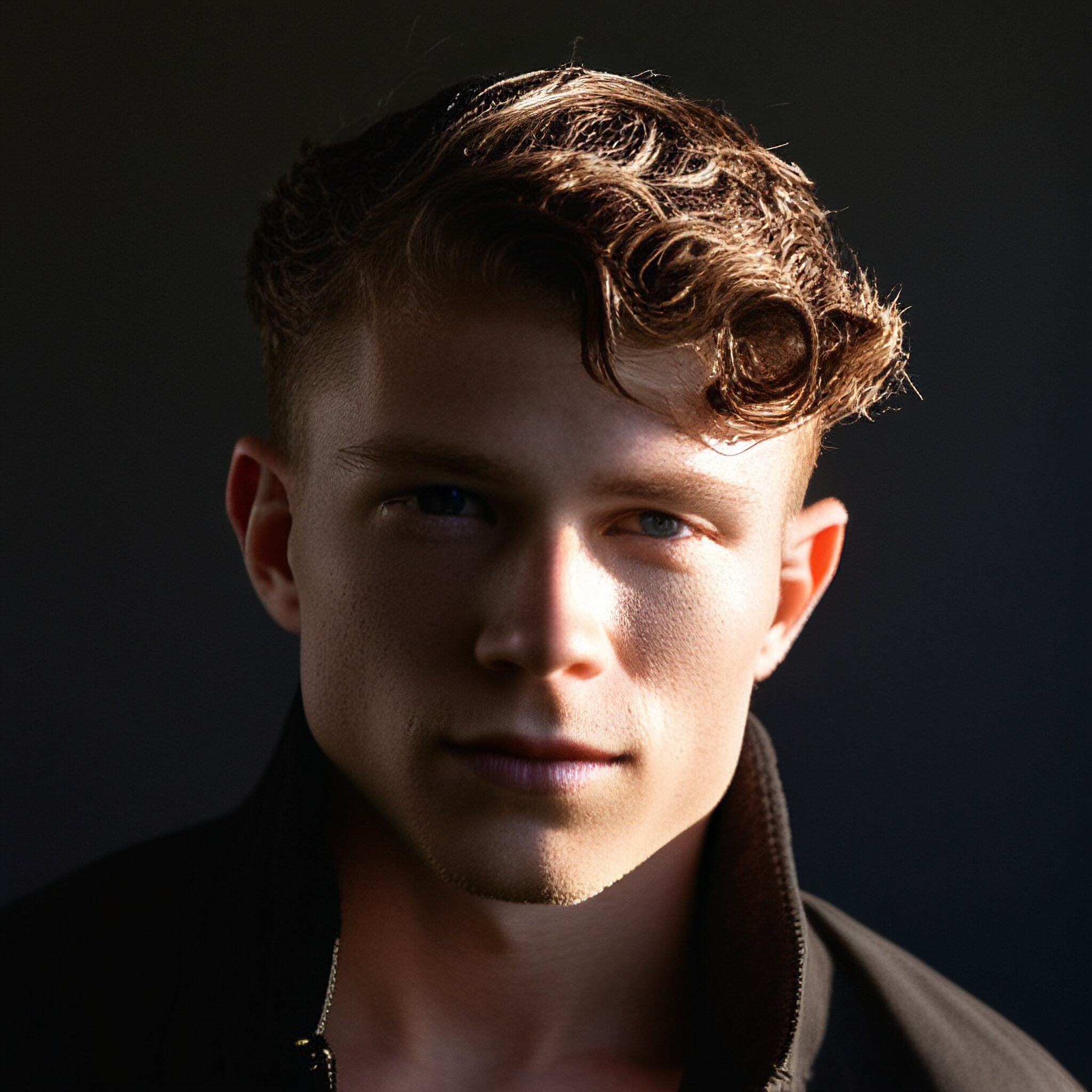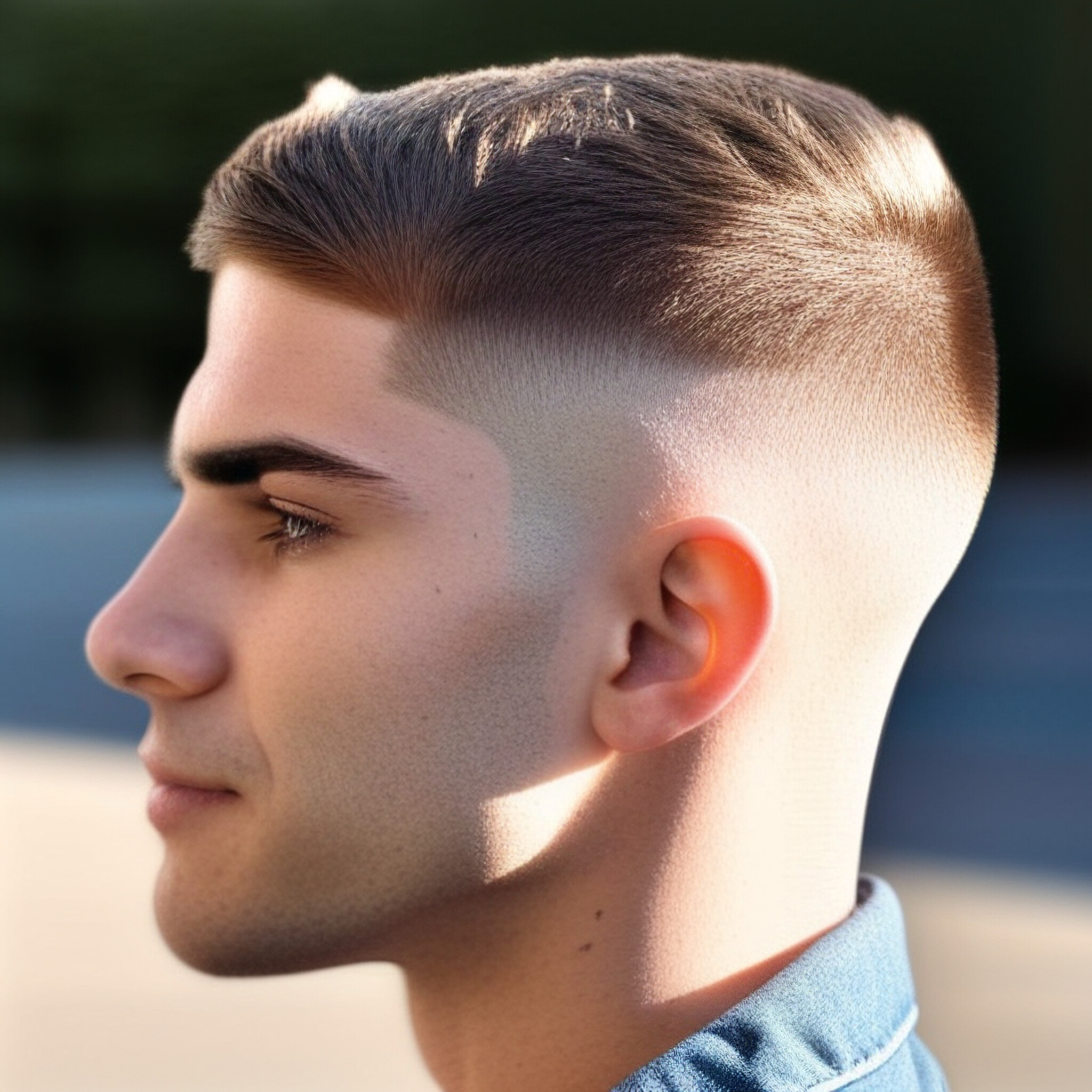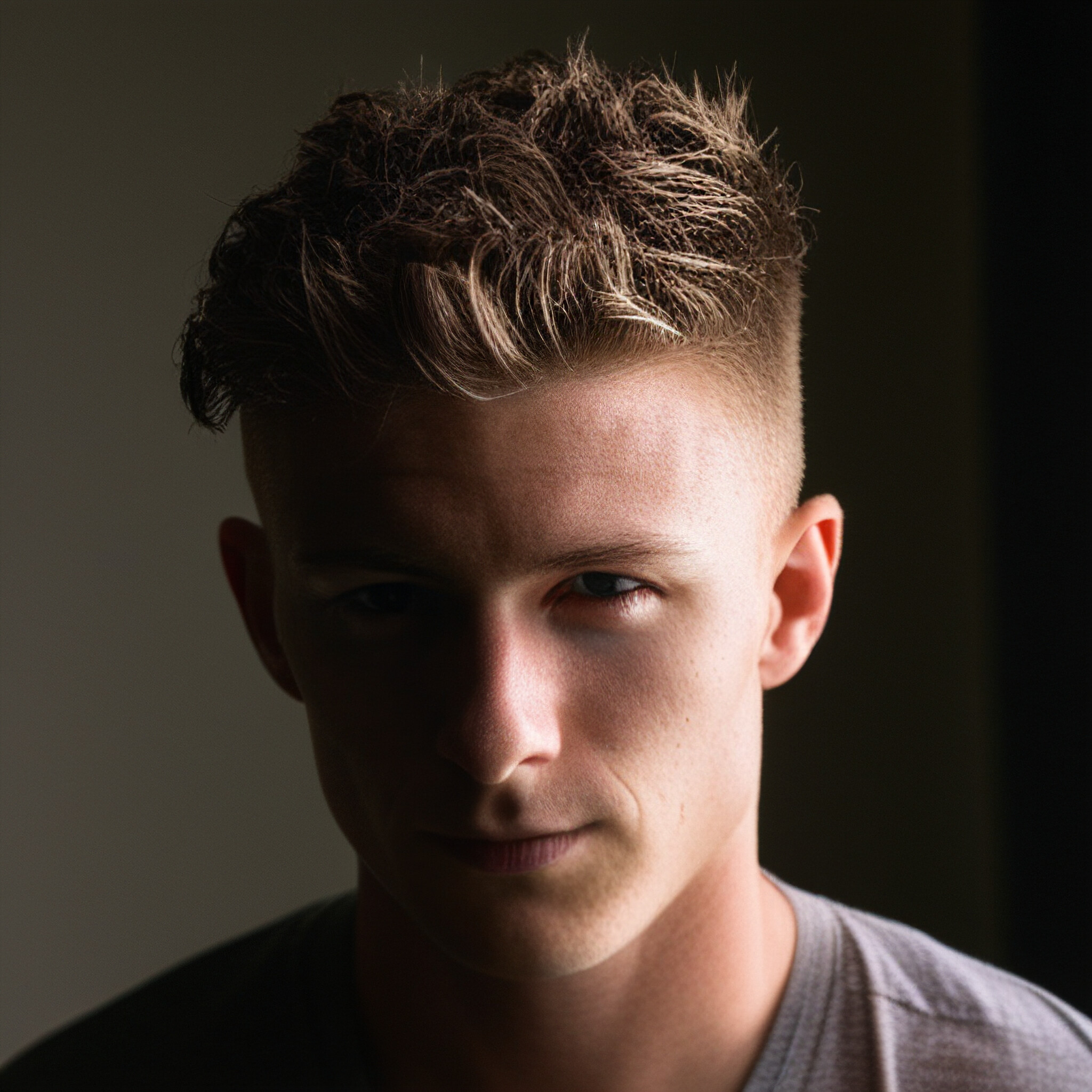Fades are some of the most popular men's haircuts today, offering a clean, modern look that can suit almost any personal style. Among the many fade variations, the taper fade and low fade are two of the most widely chosen options. While they may seem similar at first glance, each has unique qualities that make it distinct. Choosing between a taper fade and a low fade ultimately comes down to your style preference, face shape, and lifestyle. In this article, we’ll break down the key differences between these two cuts and help you decide which one is right for you.
What Is a Taper Fade?
A taper fade is a style that gradually decreases the length of hair from the top of the head down to the neckline. The taper itself is subtle, blending smoothly into the rest of the hair without showing a significant drop in length. With a taper fade, the hair gradually gets shorter as it moves down toward the ears and neckline, and it may even fade completely into the skin at the bottom.
Key Features of a Taper Fade:
Gradual Transition: The taper fade offers a very subtle and natural look, as the hair gradually shortens as it moves downward.
Versatility: The taper fade is highly versatile and can be worn in both casual and formal settings. It pairs well with many different styles on top, such as pompadours, quiffs, or textured crops.
Length Control: A taper fade gives more control over the length, meaning you can decide how short or long you want the sides and back to be.
What Is a Low Fade?
A low fade is a type of fade that starts lower on the head, just above the ears, and gradually blends into the longer hair on top. The fade is more pronounced compared to a taper, giving a distinct contrast between the faded area and the rest of the hair.
Key Features of a Low Fade:
Lower Fade Line: The fade starts at the lower part of the head, creating a subtle and understated look.
Defined Contrast: The low fade provides a noticeable difference in length between the sides and the top, making it a more modern and edgy style compared to the taper fade.
Emphasizes the Top: By keeping the fade low, the longer hair on top is emphasized, making it a great choice for styles that need volume or height, such as a pompadour or curly top.
Key Differences Between Taper Fade and Low Fade
Understanding the differences between a taper fade and a low fade is essential to making the right choice for your look. Here’s a breakdown of the main differences:
1. Fade Height
Taper Fade: The fade begins higher up on the head but blends very gradually. The transition is subtle, and the hair doesn’t go down to the skin unless requested.
Low Fade: The fade starts lower, just above the ears, and fades into the skin. The contrast is more noticeable, especially if the top is left long.
2. Look and Style
Taper Fade: This style offers a more classic, refined look, making it a popular choice for both professional and casual settings. It’s versatile and works with a range of different hairstyles.
Low Fade: The low fade is often seen as more contemporary, providing a sharper contrast between the top and sides. It’s perfect for those looking to add an edge to their style without going too dramatic.
3. Maintenance
Taper Fade: Because the transition is more subtle, a taper fade requires less maintenance. It grows out in a way that still looks natural, meaning you can go longer between barber visits.
Low Fade: Since the fade creates a more defined contrast, it requires more frequent trips to the barber to keep the fade line sharp and clean. This is especially true if you choose a skin fade variation.
4. Versatility
Taper Fade: The taper fade is extremely versatile and suits almost all hair types and styles. Whether you have straight, wavy, or curly hair, the taper fade can enhance your look in a subtle, stylish way.
Low Fade: The low fade also works with a variety of hair types but tends to be more suitable for those who want to emphasize the hair on top. It pairs especially well with pompadours, quiffs, and curly tops to create more dramatic contrast.
5. Face Shapes
Taper Fade: Works well for all face shapes, but it’s particularly flattering for those with round or square faces, as it provides a more balanced, natural look.
Low Fade: The low fade can be more flattering for oval or longer face shapes since the fade adds structure and defines the face without elongating it too much.
Which One Is Right for You?
When deciding between a taper fade and a low fade, consider the following factors:
1. Your Lifestyle
If you need a style that works in both formal and casual settings, and one that requires less maintenance, the taper fade might be your best bet. Its subtlety makes it appropriate for all occasions, and the natural blend means it grows out nicely.
If you enjoy a more modern, edgy look and don’t mind visiting the barber more frequently, the low fade will provide the sharp contrast and definition that adds character to your hairstyle.
2. Your Face Shape
For round or square faces, the taper fade is ideal because it softens the overall look while still adding structure.
For oval or oblong faces, the low fade works well because it adds definition to the sides and enhances the shape without making the face look too long.
3. Your Hair Type
The taper fade works with virtually all hair types, including straight, wavy, and curly. It can be paired with longer styles on top for added versatility.
The low fade also suits all hair types but shines when paired with styles that require height or volume on top, such as a pompadour or quiff.
4. Your Preferred Style
If you prefer a classic, understated look, the taper fade is a better option. It’s a timeless style that can adapt to any occasion.
If you want something bold and trendy, the low fade is a great choice. The pronounced contrast will draw attention to the top, making it perfect for those who like to stand out.
Popular Styles for Each Fade
Taper Fade Styles:
Classic Comb Over with Taper Fade: A neat, sophisticated look that suits all occasions.
Textured Crop with Taper: Adds movement and dimension, perfect for a relaxed, modern style.
Side Part with Taper Fade: Offers a sharp, defined look with a touch of elegance.
Low Fade Styles:
Pompadour with Low Fade: Adds height and volume while keeping the sides clean for a dramatic contrast.
Curly Top with Low Fade: Embrace your natural curls with a low fade that makes them stand out.
Buzz Cut with Low Fade: A simple, low-maintenance style with just enough contrast to keep it interesting.
Conclusion
Both the taper fade and low fade are excellent haircut options, each offering unique features to enhance your style. The taper fade is ideal for those who want a versatile, low-maintenance, and refined look that grows out well. On the other hand, the low fade is perfect for those who enjoy a modern, bold look with a pronounced contrast between the top and sides.
Ultimately, choosing the right fade comes down to your preferences, lifestyle, and face shape. Talk to your barber about what you’re looking for, and they can help you determine which fade will best suit your needs and give you the look you want. Whether you choose a taper fade or a low fade, you’re sure to end up with a stylish, polished haircut that’s perfect for you.
